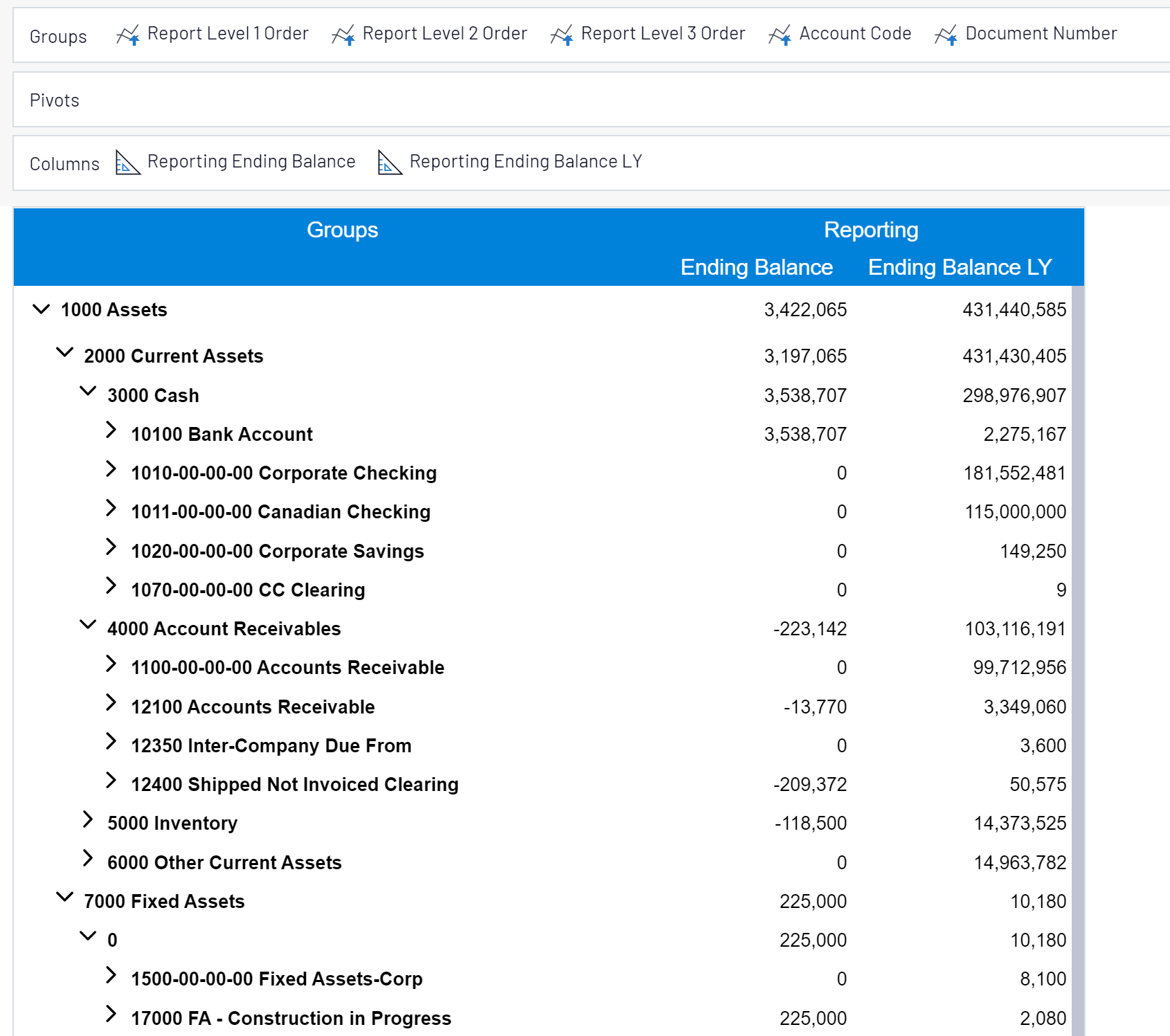


Information refers to data that has been organized, interpreted, and contextualized by a human or machine so that it possess relevance and purpose.
#Existing universal database models software#
Software/hardware requirements: A RDBMS has greater software and hardware requirements.

User capacity: A RDBMS is capable of operating with multiple users.Structure: Where data is structured in hierarchical form in a DBMS, data is structured in tabular form in a RDBMS.There are several features that distinguish a Relational DBMS from a DBMS, including: Popular DBMS examples include cloud-based database management systems, in-memory database management systems (IMDBMS), columnar database management systems (CDBMS), and NoSQL in DBMS.Ī relational database management system (RDBMS) refers to a collection of programs and capabilities that is designed to enable the user to create, update, and administer a relational database, which is characterized by its structuring of data into logically independent tables. Oracle originally developed the DBMS File Transfer package, which provides procedures to copy a binary file within a database or to transfer a binary file between databases.Ī database management system functions through the use of system commands, first receiving instructions from a database administrator in DBMS, then instructing the system accordingly, either to retrieve data, modify data, or load existing data from the system. DBMS Output is a built-in package SQL in DBMS that enables the user to display debugging information and output, and send messages from subprograms, packages, PL/SQL blocks, and triggers. Normalization in DBMS modifies an existing schema to minimize redundancy and dependency of data by splitting a large table into smaller tables and defining the relationship between them. Though functions of DBMS vary greatly, general-purpose DBMS features and capabilities should include: a user accessible catalog describing metadata, DBMS library management system, data abstraction and independence, data security, logging and auditing of activity, support for concurrency and transactions, support for authorization of access, access support from remote locations, DBMS data recovery support in the event of damage, and enforcement of constraints to ensure the data follows certain rules.Ī database schema design technique that functions to increase clarity in organizing data is referred to as normalization. DBMS software primarily functions as an interface between the end user and the database, simultaneously managing the data, the database engine, and the database schema in order to facilitate the organization and manipulation of data.


 0 kommentar(er)
0 kommentar(er)
